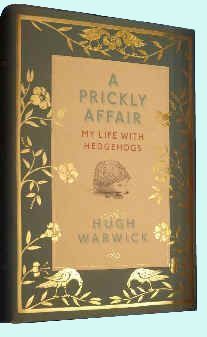
The dreaded letters NAS on your show entry happens to us all at some time. Naturally the more experienced the grower the more the rest of us fall about laughing. The picture of a nice pot full of Espostoopsis dybowskii (left) illustrates a point and not just that it is a devil to spell. Zooming into the high resolution image shows that there are small differences between the spination on each stem, especially that some of those fine centrals are red, orange or yellow. The Judge will similarly inspect the plant and when it is detected that the stems are from different seedlings the letters NAS will promptly appear on the show card. Each pot in a show should hold only one plant, so no weeds either. It is a pity because such clusters of seedlings grow on to make attractive plants, especially to beginners. If you want to show such plants you need to tease the separate stems apart and grow them on. However they may take some while to offset and never be as attractive as the original.
Incidentally the name Espostoopsis means like an Espostoa and is said Esposto - opsis. I always have an urge to pronounce it Espo - stoop - sis. (I also have to be careful with the ‘var. superbum’ that is frequent in garden plants.) The specific name dybowskii is for Jean Dybowski (1855-1928) a topographical engineer in Bahia, Brazil, but I expect you knew that.
Trev

